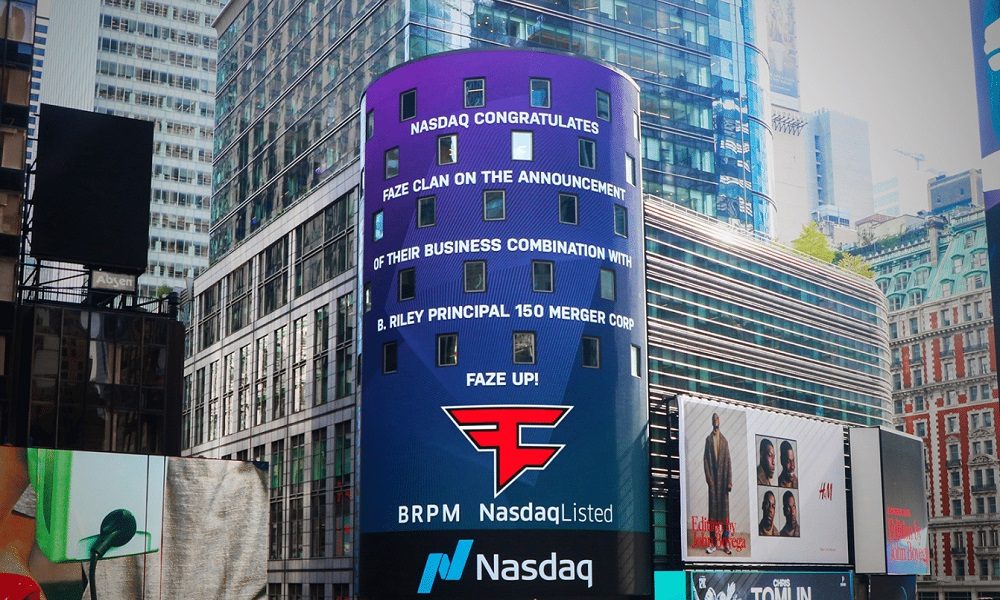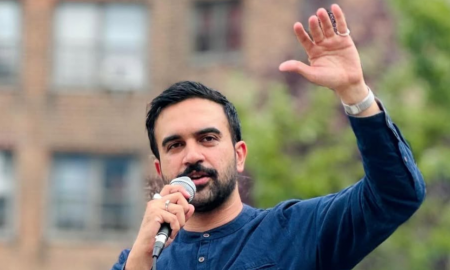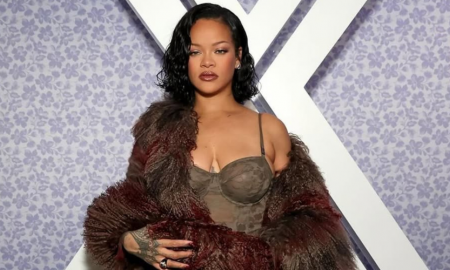
FaZe Clan: Navigating the Challenges of Fame and Finance

In the dynamic world of esports and online content creation, FaZe Clan once stood as the embodiment of youthful culture and aspiration. With its star-studded lineup featuring professional gamers, internet sensations, and celebrities like Snoop Dogg, Lil Yachty, Kyler Murray, and Bronny James, FaZe Clan carved a niche. It’s where competitive esports and casual gaming merged into the mainstream, with ambitions that knew no bounds.
However, FaZe’s journey through the esports realm hasn’t been straightforward. A confluence of factors, including financial hurdles and a turbulent stock market debut, has cast a shadow on its prospects. In this article, we’ll delve into the challenges FaZe Clan faces, the implications of its recent financial struggles, and its vision for the future.
The Snoop Dogg Coup
The momentous appearance of Snoop Dogg donning a FaZe Clan-branded gold chain during the 2022 Super Bowl halftime show marked a turning point for the organization.
It symbolised Snoop’s official membership, solidifying FaZe’s status as the epitome of cool in youth culture. However, this partnership didn’t come cheap. FaZe agreed to grant Snoop Dogg $1.9 million in stock, a board seat, and substantial stock packages for his son and affiliated companies.

maxresdefault/ Youtube | Snoop Dogg has left esports and gaming lifestyle brand Faze Clan as the organization’s value continues to plummet.
The Bumpy Road to Wall Street
FaZe Clan’s aspiration to go public became a reality with a SPAC merger alongside B. Riley Principal 150 in July. The stock made waves, initially exceeding its debut price of $10, even peaking at $20.08 in August, proudly claiming to be the first esports organization valued at $1 billion.
Yet, the tides swiftly turned. A regulatory filing on September 26 revealed a default on a significant portion of the PIPE investment meant for operations. Additionally, 92% of SPAC shareholders opted for cash redemption instead of converting to FaZe common stock, draining the company’s trust account by nearly $159 million.
The stock nosedived, plummeting from $14.75 to below $5 and briefly touching $1.78 in November following disappointing Q3 financial results. FaZe Clan’s stock hovers around $2 today, with a market cap of just over $150 million.
Navigating the Storm
In response to these financial challenges, FaZe Clan’s CEO, Lee Trink, emphasized the company’s strong momentum with brands, talent, and the gaming community. However, the Q3 financial report paints a grim picture. FaZe has traditionally relied on outside investment for funding, and the mass sell-off of shares post-merger only raised around $100 million, significantly short of their $218 million projection.

Ron Lach/ Pexels | FaZe Clan has a thriving merchandise line that includes clothing, accessories, and gaming gear.
As of September 30, FaZe had $43.9 million in cash, sufficient to sustain operations until November 2023. This dire financial situation has led to doubts about the company’s ability to continue as a “going concern.” FaZe’s strategy now hinges on partnerships with Xfinity, The Sandbox metaverse, and an extended deal with McDonald’s, with 11 active sponsorships exceeding $500,000 in the first three quarters.
Audience vs. Revenue
FaZe Clan’s ace in the hole for attracting new investors and advertisers is its vast Gen-Z following. With an aggregate total of 526 million followers across all social and video platforms, FaZe boasts an impressive reach. However, this number is somewhat inflated as it includes popular celebrity members whose accounts FaZe has agreed not to monetize directly.
A more accurate estimate places FaZe’s aggregate YouTube subscribers at just under 136 million as of September 30. Nonetheless, the organization still commands a substantial fan base. The challenge lies in converting this audience into revenue.

Esports/ Instagram | FaZe Clan has an incredibly dedicated fan base and its supporters are known as “FaZe Up.”
The Perilous Path to Profit
Unlike traditional sports, esports organizations don’t benefit from media rights contracts for broadcasts. Content creators, functioning as independent contractors, depend solely on third-party platforms for content distribution. The report highlights an average revenue per subscriber within the FaZe network of just 36 cents on YouTube.
Furthermore, FaZe’s share of this revenue is negotiated individually with talent, with the company disclosing a maximum of 20% from tournament winnings and content revenue. Of the $48.6 million in total revenue reported for the first three quarters of 2022, FaZe brought in only $14 million.
More in Business
-
`
What’s Changing for Student Loans After Trump’s New Spending Bill?
The passing of President Donald Trump’s latest spending bill is shaking up more than just tax brackets and business deductions—it’s poised...
July 16, 2025 -
`
Why Big Tech Is Divided on the Future of Artificial General Intelligence
Fifteen years ago, the founders of DeepMind—Sir Demis Hassabis, Mustafa Suleyman, and Shane Legg—set a bold goal: “Build the world’s first...
July 1, 2025 -
`
Planning a Wedding? These Money-Saving Tips Actually Work
Weddings are meant to be memorable, not financially draining. But for many couples, the cost of tying the knot often brings...
June 24, 2025 -
`
Did MrBeast Really Borrow Money From His Mother for His Wedding?
YouTube star Jimmy Donaldson, widely known as MrBeast, sparked surprise when he shared a personal update on X. Despite leading the...
June 17, 2025 -
`
How Smart Technology Is Changing the Way We Travel
Technology has reshaped nearly every part of modern life, and travel is no exception. From how we plan trips to how...
June 12, 2025 -
`
Why Some Tech CEOs Are Replacing Themselves With AI Avatars
In a move that signals a shift in how corporate communication is handled, major tech CEOs are beginning to hand the...
June 3, 2025 -
`
Is Innovation Dead in American Pop Culture?
Has something changed in the way we engage with American pop culture? Scroll through your favorite streaming service, tune into the...
May 27, 2025 -
`
7 Key Steps to Start a Profitable Digital Products Business
Starting a digital products business offers an exciting opportunity to turn your skills and knowledge into a revenue-generating venture. Whether you’re...
May 20, 2025 -
`
Mercedes-Benz Introduces the Vision V – An Ultra-Luxury Electric Limousine
The introduction of Mercedes-Benz’s Vision V concept represents a significant advancement in the field of electric vehicles. This electric minivan is...
May 13, 2025














You must be logged in to post a comment Login